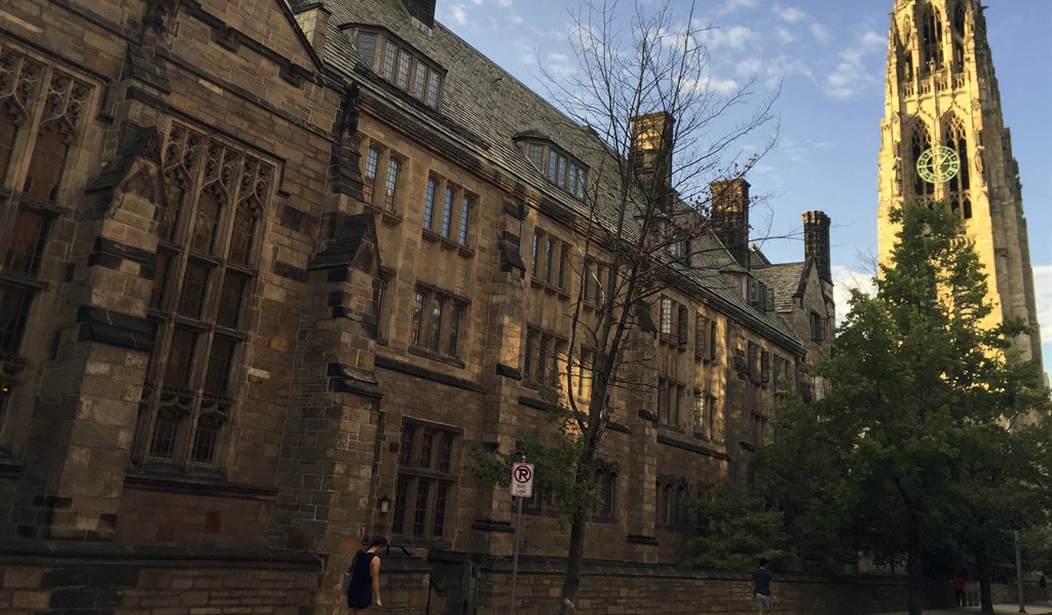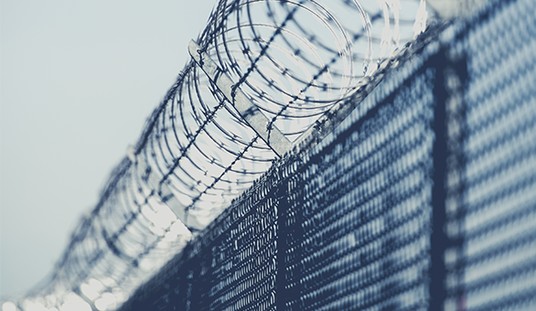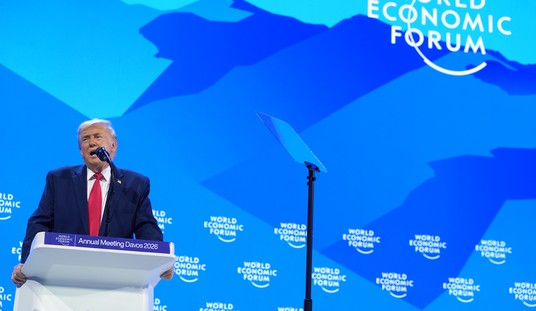I've been trying to follow the aftermath of the Supreme Court's overturning of affirmative action as it plays out at the country's top colleges and universities. When MIT released its enrollment data last month, the outcome was in line with what both the plaintiffs and the defendants in the case had expected. The number of black students dropped by about 8% and the number of Asian students jumped by 7% compared to the previous year.
But the results from other schools have been a real mix. At Amherst the enrollment of black students dropped from 11% to just 3% and at Brown it went from 15% to 9%, both in keeping with what happened at MIT. But the change at Harvard was more modest. Black enrollment went from 18% to 14%. Most surprising of all, black enrollment at Yale and Princeton saw no change at all. The numbers this year were nearly identical to the ones the previous year.
How could there be a big shift at some schools an no shift at others? This seems like it should not be happening if everyone is playing by the same rules.
Today, the NY Times has an article citing the odd mix of data and then quoting a UCLA professor who introduces the C-word. Maybe some of these schools are cheating.
Black students make up about 3 percent of the top tenth of high school students academically, according to data collected by Richard Sander, a law professor at the University of California, Los Angeles, who has long studied the effects of racial preferences and who is a critic of race-based admissions.
With preferences based on factors like parental income, wealth and level of education, as well as neighborhood poverty and school quality, and strong outreach, the share of Black students who qualify for admission to top schools grows to 5 percent, Mr. Sander said.
He believes some of the declines in Black students’ numbers — to 5 percent from 15 percent at M.I.T., or to 3 percent from 11 percent at Amherst — have brought those schools to where they should be.
The very top schools might be able to get numbers up to 9 percent using clues about race in the personal essay, he said. But numbers that stay above that “are almost certainly signs of cheating,” he said.
Princeton's black enrollment went from 9% to 8.9% which is high but within the realm of possibility spelled out by professor Sander. Yale's black enrollment was unchanged at 14%.
Another surprising outcome was that Asian enrollment did not increase at some of these schools as expected. Professor Sander puts some of that down to the rise in the percentage of students who refuse to identify their own race, which jumped up this year at several schools.
At Tufts, non-responders rose to 6.7 percent from 3.3 percent. At Harvard, they rose to 8 percent from 4 percent. At Duke, they rose to 11 from 5 percent, and at Brown to 7 from 4 percent.
Sander believes many of those non-identifiers are probably Asian students who believe their race can only hurt their chance for admission. “Asian Americans know they’re the target,” he said.
What all of this means is that more lawsuits are probably coming to some of these schools. Richard Kahlenberg, director of the American Identity Project at the Progressive Policy Institute, told the Times schools could find themselves in legal trouble if it turns out that only some races were seeing a benefit from mentioning their racial background in their application essays while other races were not seeing a similar benefit. But no university is going to release that kind of data until they are forced to do so in discovery.
Some good comments here including this one from a liberal who thinks it's clear some schools are cheating.
Nothing baffling whatsoever. Some schools complied with a change in law, some did not. Of course, some schools had no change. After all, they didn’t change their admissions officers or their ideology. It’s called resistance. As the experience in California has shown, over time those admissions officers figure out how to game the system. The New York Times itself had one of them on a podcast boasting that he had been hired away from the UC system to an elite private college back east so that he could bring the methods they had used to overcome the CA voter-approved affirmative action ban. For example, they started to focus on the ZIP Code of the applicant. Nothing says you can’t admit according to the ZIP Code! Folks, I’m a lefty myself, but until those on the left are going to consistently follow the law even when they don’t like it, we’re gonna have a tough time convincing people that we are sincere when we point the finger at the people on the right who won’t obey it.
Well said.








Join the conversation as a VIP Member